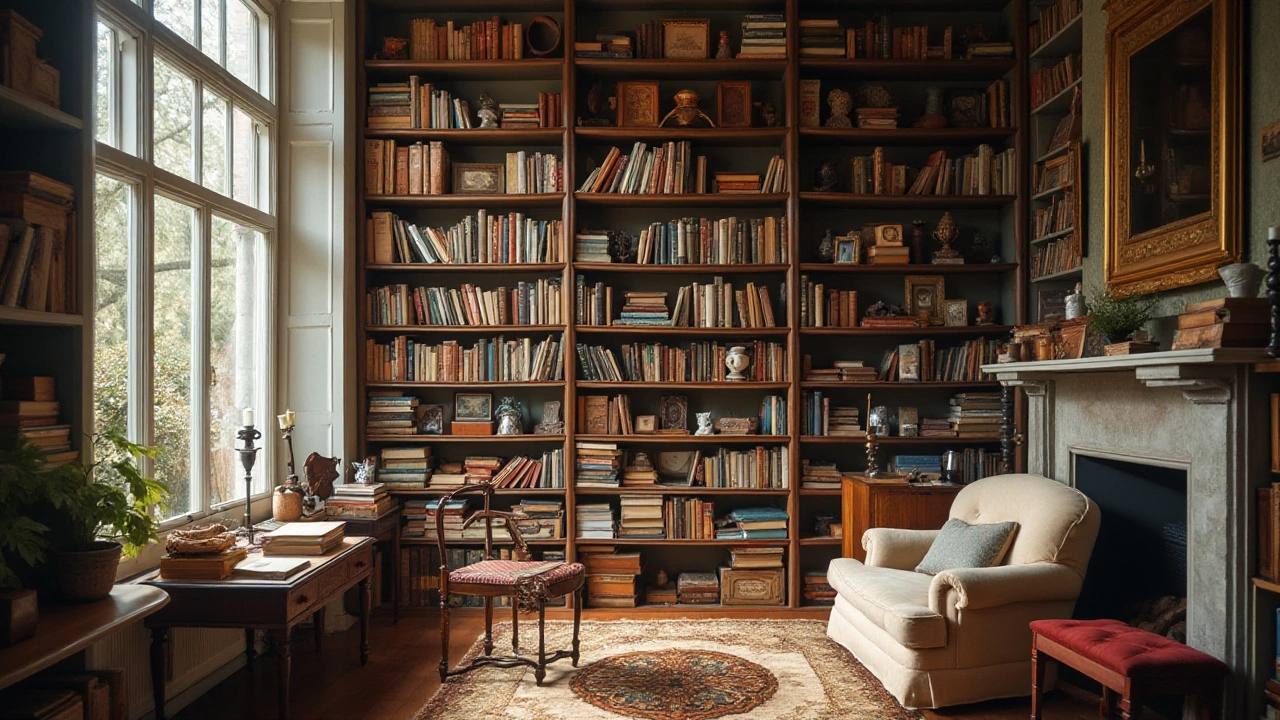Open vs Closed Bookshelf: Choose the Best Fit for Your Home
When you need a place for books, décor, or hidden clutter, the first question is whether to go open or closed. Both options look good, but they solve different problems. Below you’ll find the real‑world trade‑offs, so you can pick the one that works for your room, habits, and style.
Pros and Cons of Open Shelves
Open shelves put everything on display. That makes it easy to grab a novel, show off a plant, or swap accessories without taking a door off its hinges. Because you can see the contents, you tend to keep the area neater – you notice dust or a stray mug right away.
On the downside, open shelving offers no protection from dust, pets, or sunlight. If you have kids or a cat that loves to climb, you’ll see scratches and paw prints. Also, a cluttered open shelf can look chaotic, so you need a habit of regularly tidying up.
When a Closed Bookcase Makes Sense
Closed bookcases hide what you don’t want on show. A solid back and doors keep dust out and protect delicate books or heirlooms from UV damage. If you prefer a sleek, minimal look, closed units blend into the wall and let other décor shine.
The trade‑off is less visibility. You’ll spend a few extra seconds opening a door to find a title, and you might forget what you stored inside. Closed cabinets also add a bit more weight and cost, especially if you choose glass doors or soft‑close hardware.
So, how do you decide? Start by looking at the room’s traffic. High‑traffic spaces like living rooms or open‑plan kitchens benefit from open shelves because you want easy access. Quiet corners or home offices, where you store reference books or paperwork, often do better with a closed case.
Next, think about the look you want. If you love a gallery feel, mix open shelves with a few decorative boxes or baskets to hide the mess. If you’re going for a tidy, uniform wall, a closed bookcase in a neutral finish will keep the line clean.
Finally, consider your climate. In damp areas, a closed unit protects books from humidity. In sunny rooms, a closed case with UV‑protective glass helps preserve old volumes.
Most people end up with a hybrid solution – a tall closed bookcase for the bulk of the collection and a couple of low open shelves for everyday reads and decorative pieces. This combo gives you the best of both worlds: protection where you need it and easy access where it matters.
When you shop, measure your wall space first. Open shelving generally needs less depth (around 10‑12 inches) while closed units can be deeper (12‑15 inches) to hold larger items. Keep clearances for doors if you choose hinged or sliding panels.
Don’t forget lighting. LED strips or small spotlights on open shelves make books pop and reduce the need for extra floor lamps. Closed cabinets can benefit from interior lights that turn on when the door opens – a nice touch for late‑night reading.
In short, the right choice depends on how you use the space, the look you want, and how much you’re willing to maintain. Test a small open shelf first; if you love the vibe, expand. If it feels messy, switch to a closed unit. Either way, a well‑chosen bookshelf will anchor your room and keep your books happy.
Choosing Between Open and Closed Bookshelves: What's Best for You?
When it comes to showcasing your beloved collection of books, knick-knacks, or decorative items, the decision between an open or closed bookshelf can change the look and feel of your space. Open bookshelves offer accessibility and display advantages, while closed bookshelves provide protection and a neat appearance. Each setup has its unique attributes that cater to different needs, such as aesthetic preference or functional use. Understanding the strengths of both can help you make an informed choice to suit your lifestyle and home interior.
More
